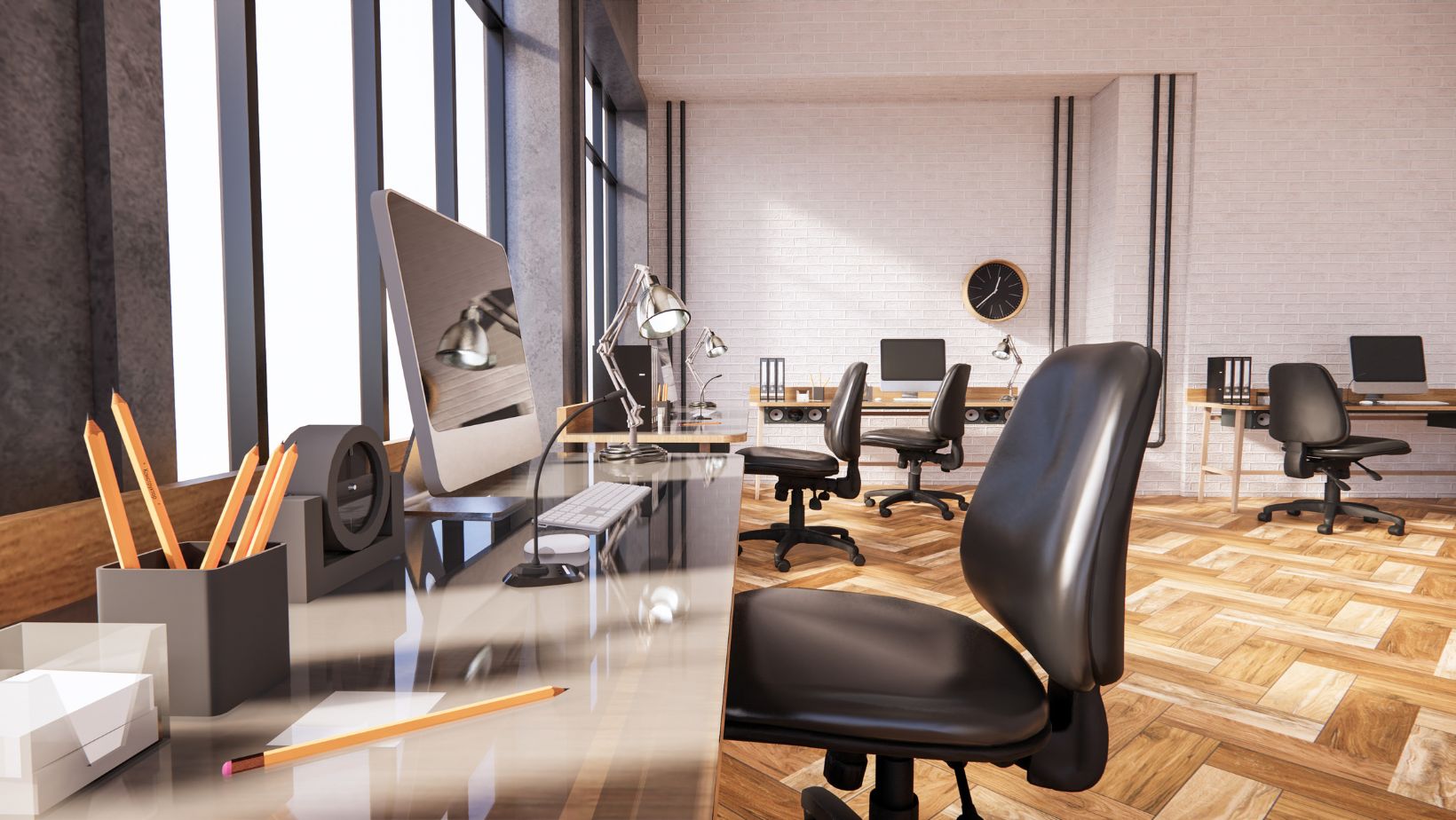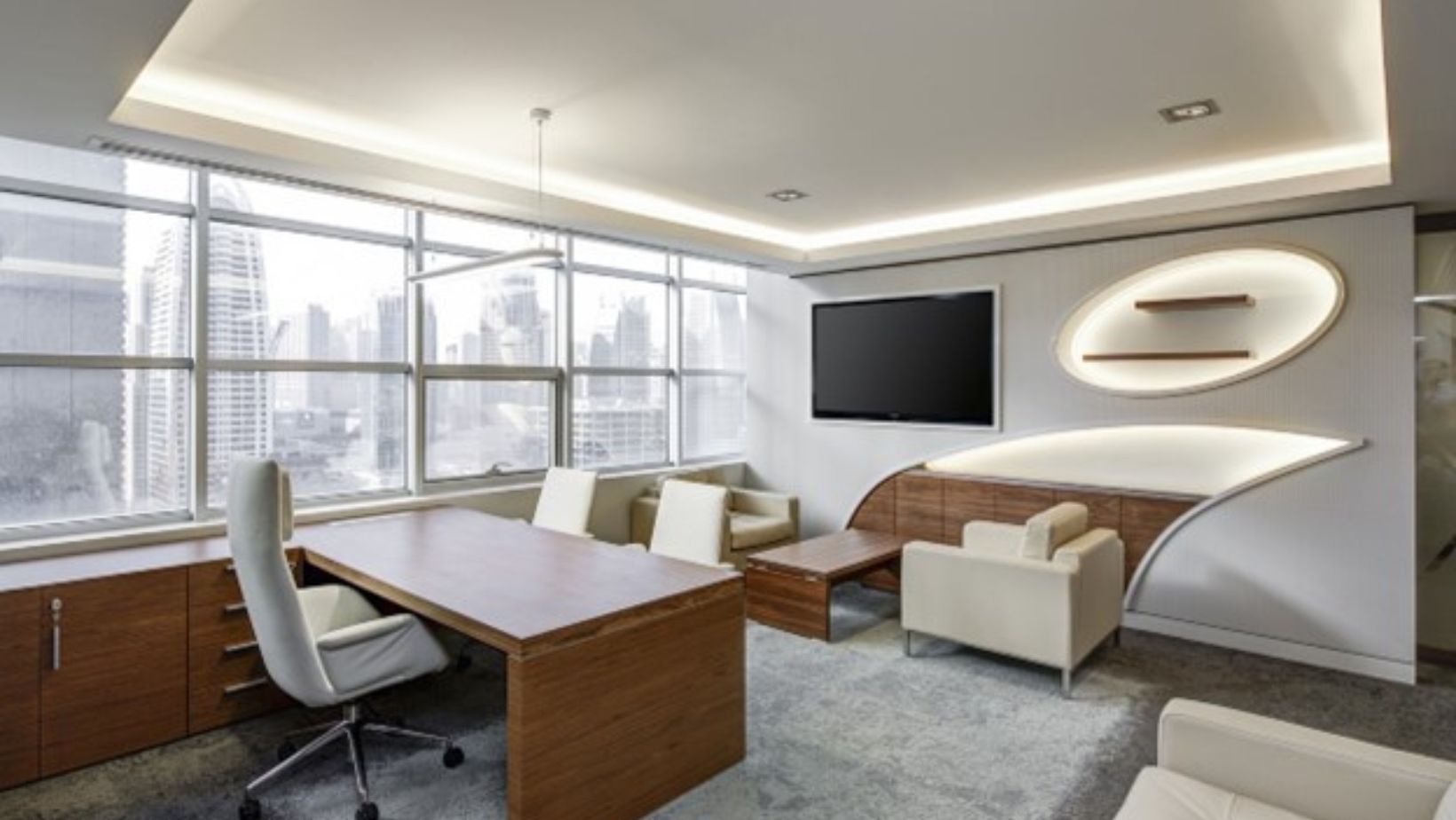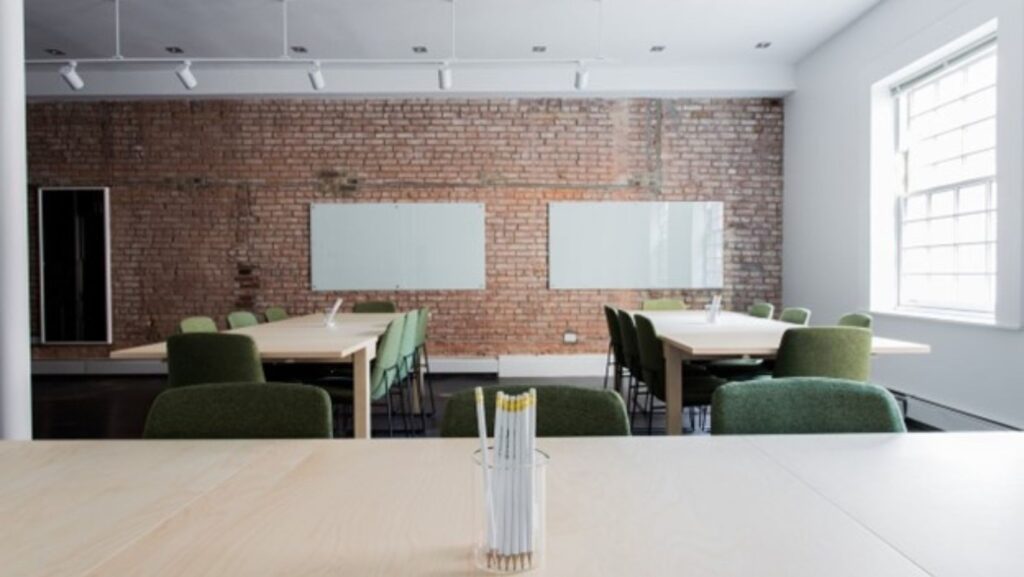The modern workplace is constantly evolving, with office design trends shifting to accommodate new work habits, technology advancements, and employee needs. As businesses recognize the importance of an optimized environment for productivity and well-being, office design has become more than just aesthetics; it is a key player in workplace success. The future of office design will likely be defined by the growing demand for flexibility, sustainability, and a focus on employee satisfaction. Below, we explore seven trends that are shaping the future of office spaces.
Personalization and Branding
Personalization and branding are becoming central to office design as companies aim to create workspaces that reflect their unique culture and values. Through thoughtful office fitouts, businesses can incorporate brand elements like colors, logos, and messaging into the physical environment, reinforcing their identity and inspiring employees. Whether you are looking for Melbourne office fitout solutions or in any other city, an office fitout also allows for customization, offering employees control over their workstations with options like ergonomic furniture and adjustable lighting. This level of personalization not only enhances comfort but also boosts morale and productivity. Companies are increasingly recognizing that a well-branded and personalized office environment fosters a sense of belonging, aligning employees with the organization’s mission while creating a space that feels both welcoming and efficient.
Flexible Workspaces
One of the most significant trends in office design is the emphasis on flexible workspaces. Traditional office layouts with designated desks for every employee are being replaced by open, adaptable spaces that allow for a variety of work styles. Companies are creating areas that can easily be transformed depending on the needs of the team, such as open-plan desks, quiet zones, and collaborative meeting spaces.
This flexibility is key for organizations looking to foster creativity and innovation. Employees can move between different environments to suit the task at hand, whether it’s brainstorming in a group or concentrating in a quiet space. Additionally, the rise of hybrid working models, where employees split time between home and the office, has further encouraged the need for flexible office designs that can accommodate varying numbers of people on any given day.
Biophilic Design
Biophilic design, which integrates elements of nature into the workspace, is becoming increasingly popular. This trend stems from the growing awareness of how natural surroundings can positively impact employees’ mental health, well-being, and productivity. By incorporating features such as plants, natural light, and organic materials like wood and stone, office spaces can create a calm and inviting atmosphere.

In addition to improving aesthetics, biophilic design enhances air quality and can reduce stress levels. Offices with green walls, large windows, and indoor gardens are not only visually pleasing but also contribute to an overall healthier work environment. As the focus on employee wellness continues to grow, we can expect biophilic elements to play a key role in office design in the years to come.
Technology Integration
The role of technology in the workplace is expanding beyond computers and internet connectivity. The future of office design will increasingly feature advanced technologies that streamline workflows and improve the employee experience. Smart office technology, such as sensor-based lighting, climate control systems, and automated booking systems for meeting rooms, allows for greater efficiency and customization.
Moreover, the integration of virtual and augmented reality could redefine how meetings and collaboration occur. With remote working becoming more prevalent, offices will need to accommodate technologies that connect in-person and virtual teams seamlessly. As these tools continue to evolve, office designs will likely incorporate more tech-friendly features, such as high-speed Wi-Fi, ample charging stations, and interactive screens for team collaboration.
Sustainable Design
Sustainability has become a major priority for businesses worldwide, and this trend is making its way into office design as well. Organizations are increasingly committed to reducing their carbon footprint by opting for eco-friendly materials, energy-efficient lighting, and sustainable furniture. Additionally, offices are being designed with energy conservation in mind, featuring things like solar panels, natural ventilation systems, and water-saving fixtures.
Green certifications, such as LEED (Leadership in Energy and Environmental Design), are becoming the standard for new office buildings. Companies recognize that sustainable practices not only benefit the environment but also attract talent, particularly as younger generations prioritize eco-conscious employers. The future of office design will see even greater strides toward creating sustainable and energy-efficient workplaces.
Employee Wellness Spaces
Another key trend shaping office design is the focus on employee wellness. Modern offices are beginning to incorporate dedicated spaces for relaxation and mental rejuvenation, recognizing the importance of well-being in maintaining productivity. Wellness rooms, meditation spaces, and even nap pods are becoming standard features in forward-thinking workplaces.

Additionally, some companies are designing areas specifically for physical health, such as onsite fitness centers, yoga studios, and bike storage rooms. By encouraging physical activity and mental relaxation, these wellness-focused spaces aim to create a healthier and more balanced work environment. As businesses continue to invest in the holistic well-being of their employees, wellness spaces will be a crucial aspect of office design.
Collaborative and Social Spaces
The office of the future will likely prioritize collaboration and social interaction, with spaces designed to foster both formal and informal teamwork. Open-plan areas, breakout zones, and casual meeting rooms with comfortable seating are becoming more common. These spaces encourage employees to gather, share ideas, and collaborate in a more relaxed setting.
In addition to collaborative areas, many offices are incorporating social hubs like lounges, cafeterias, and gaming rooms where employees can connect and unwind. By creating environments that promote teamwork and relationship-building, companies hope to strengthen company culture and improve overall productivity. This trend reflects the understanding that work is no longer confined to desks and that informal spaces can lead to meaningful collaboration.
The future of office design is all about flexibility, sustainability, and the well-being of employees. As companies strive to create environments that support diverse work styles, technological advancements, and employee satisfaction, office spaces will continue to evolve. By embracing these trends, organizations can foster a more productive, healthy, and inspiring workplace for years to come. Whether it’s through flexible layouts, biophilic elements, or wellness spaces, the offices of the future will be designed with the employee experience in mind.
